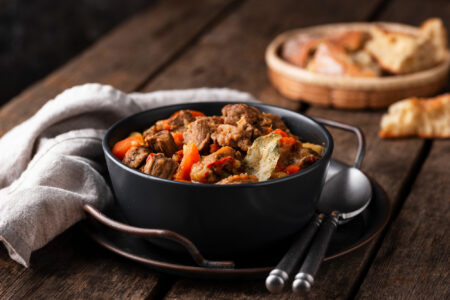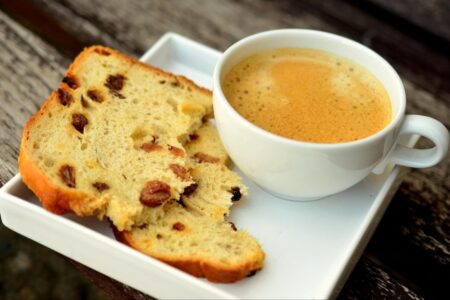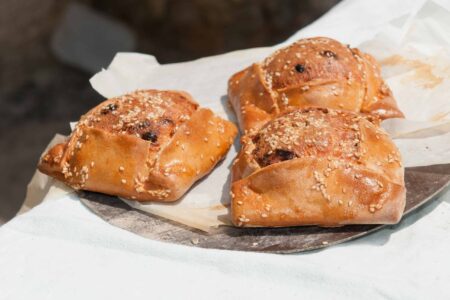Cypriot sheftalia is one of the most recognizable and beloved traditional dishes of Cypriot cuisine. Its aroma can be found at street markets, family celebrations, and in every taverna on the island. More than just a meat dish, it is a symbol of national gastronomy, combining simplicity, the aroma of spices, and the mastery of ancient recipes.
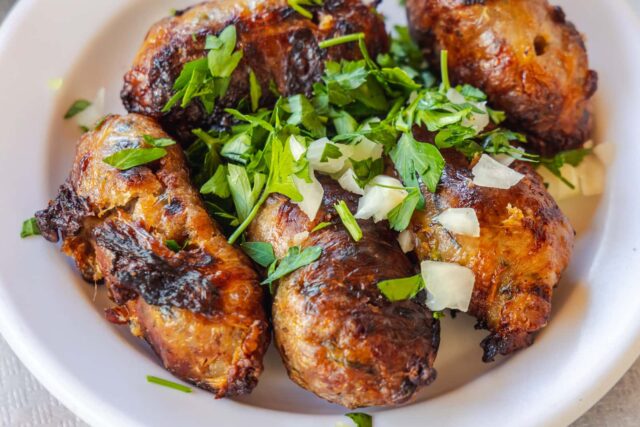
Contents
Origin and history of the dish
The word sheftalia (Greek : σεφταλιά, pl. σεφταλιές) has Turkish roots—from the word şeftali kebabı, which literally means “liver kebab.” However, over time, the recipe changed, adapted to Cypriot tradition, and acquired its own distinctive character.
Historically, sheftalia appeared in Cyprus as early as the 19th century, when meat was an expensive commodity and housewives sought to make the most of it. To enhance its juiciness and flavor, the minced meat was wrapped not in dough or casings, but in caul fat —a thin layer of fat that envelops the meat, preserving its tenderness during frying.
Over time, the dish became an integral part of Cypriot street food, as well as a staple of national barbecues – souvlaki and meze.
What is a sheftalya?
Sheftalya are small oval-shaped minced meat patties wrapped in salon and grilled over coals. They are traditionally made with pork or lamb, sometimes a combination of both. The salon prevents the patties from drying out and gives them a golden, crispy crust when fried.
In the classic version, the minced meat for sheftalia consists of :
- finely chopped meat (often chopped by hand rather than minced);
- finely chopped onion and parsley;
- salt, black pepper and sometimes a pinch of oregano.
Sometimes a few breadcrumbs or a drop of lemon juice are added to the mixture for a slight sourness.
The key feature of this dish is the use of salnik (caul fat ). It completely disappears during frying, leaving the meat juicy and imparting a rich flavor.
How to prepare sheftala
The cooking process begins with careful preparation of the salnik: it’s washed in water with lemon juice to remove excess fat and odor, then cut into squares. Each square is topped with a portion of minced meat, wrapped, and formed into a patty.
Sheftalia is prepared on a charcoal grill, called foukou in Greek. This is a traditional method of grilling meat in Cyprus, ensuring a soft roast and a smoky flavor.
Place the patties on skewers or a grill and grill for about 20–25 minutes, turning regularly to ensure even browning. It’s important not to overcook the meat—that’s the art of Cypriot grilling.
Serving and pairings
The finished sheftalya is served hot, usually with pita bread, fresh vegetables, and sauces. The most common way is to wrap a few pieces in a flatbread with tomatoes, cucumbers, parsley, and onions, adding a spoonful of tzatziki or yogurt sauce with mint.
At family dinners, sheftalya is often served as part of a traditional meze —a large selection of dishes including meats, vegetables, cheeses, olives, and sauces.

Its taste goes perfectly with homemade wine, especially the red Commandaria variety, or with fresh beer.
Variations and regional features
Although the basic recipe remains the same, different regions of Cyprus have their own versions of sheftalia:
- In Larnaca and Limassol they prefer to use pork and add a little coriander for flavour.
- In the villages of Lefkara and Kakopetria, a little wine is added to the minced meat to tenderize it and give it a light fruity flavor.
- In Paphos and Troodos, the dish is prepared with lamb, often with the addition of mint and green onions.

In modern restaurants you can also find chicken sheftala, but traditionalists believe that the authentic taste of the dish is preserved only when using pork or lamb.
Sheftalia as part of Cypriot culture
In Cyprus, sheftalia has long since outgrown the status of a simple dish. It’s a symbol of family hospitality and an integral part of any celebration. It’s prepared for Easter, name days, picnics, and on weekends when families gather around the grill.
For Cypriots, sheftalia is the taste of childhood, the aroma of summer and family gatherings. It’s often compared to souvlaki, but the difference is that sheftalia isn’t just grilled meat, but a dish with a distinct character that reflects island culture.
Even city food and wine festivals almost always feature stands selling fragrant portions of sheftalia. Tourists trying this dish for the first time remark on its tenderness, balanced spices, and rich smoky aroma.
Interesting facts
- In 2016, sheftalia was officially included in the list of traditional Cypriot dishes protected by the EU Traditional Speciality Guaranteed program.
- The village of Agios Themistoklios hosts an annual ” Sheftalia Festival” where local chefs compete to prepare the best version of the dish.
- According to gastronomic guides, sheftalia is one of the three most popular Cypriot dishes, along with souvlaki and halloumi.

Where to try the best sheftala
Almost every tavern on the island offers sheftalia on its menu, but it is considered especially delicious in:
- Troodos, where meat is roasted over an open fire amid the aromas of pine trees;
- Larnaca, in the coastal taverns near the port;
- Nicosia, in the old town, where traditional recipes are passed down through generations;
- Ayia Napa, where sheftalia is often served in pita bread as street food.
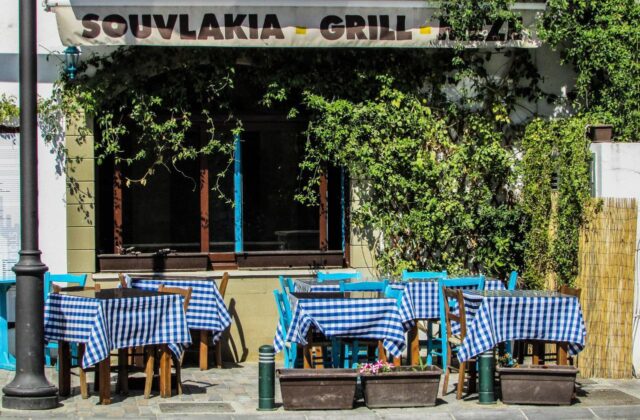
Tips for cooking at home
For those who want to try making sheftala themselves, it is important to follow a few rules:
- Choose fresh meat with a small amount of fat – it will ensure juiciness.
- Do not use a meat grinder – it is better to chop the meat finely with a knife.
- Pre-soak the omentum in lemon water for 15–20 minutes.
- Fry on coals, not in a frying pan – only then will the right aroma appear.
- Do not cover with a lid or use oil – the gland itself will release the necessary fat.
Sheftalia is more than just a meat dish, but the embodiment of the Cypriot approach to cooking: minimal ingredients, maximum flavor and warmth. It blends Greek, Turkish, and Middle Eastern traditions, becoming the unofficial symbol of the island.
This dish is a must-try for anyone who wants to understand what Cyprus is all about – the island of sun, aromatic herbs, wine and open hearts.



